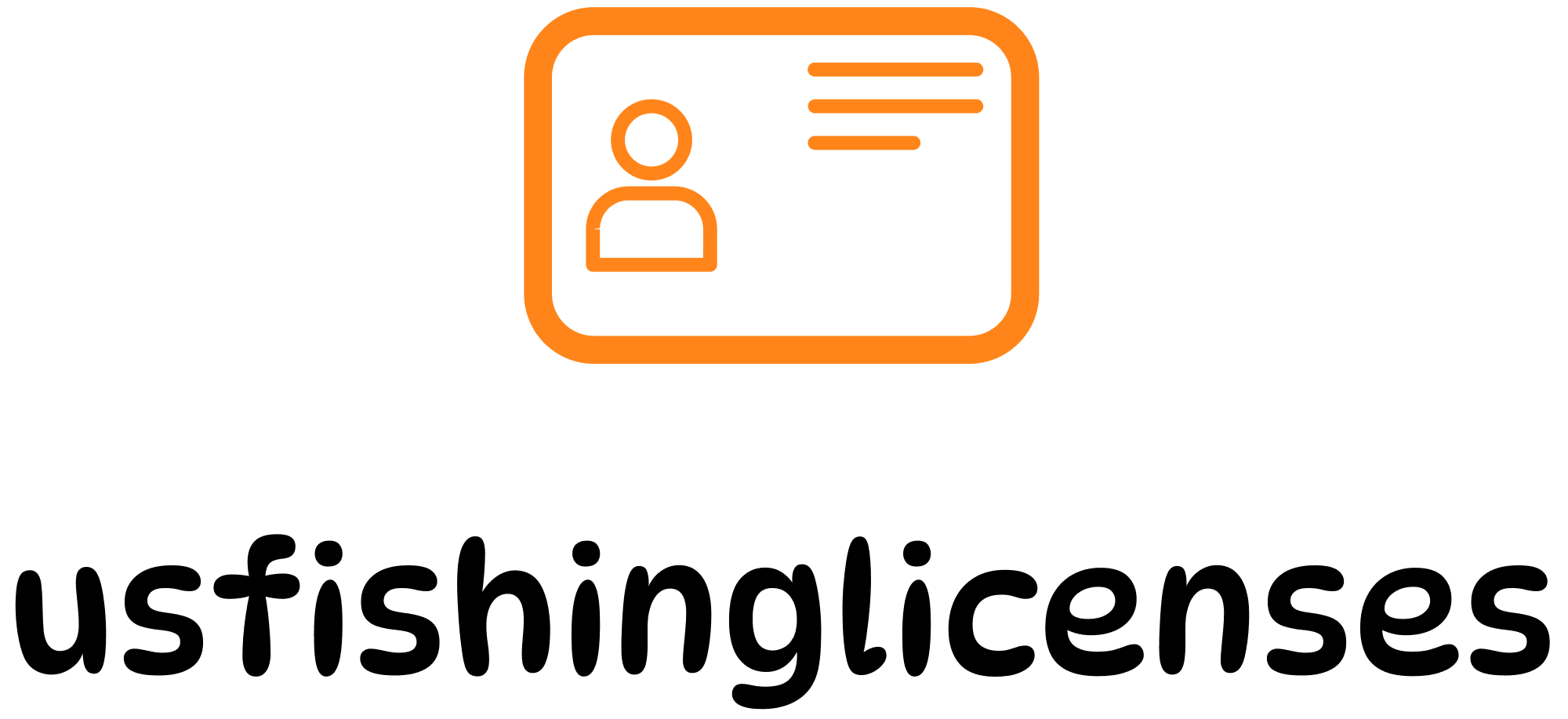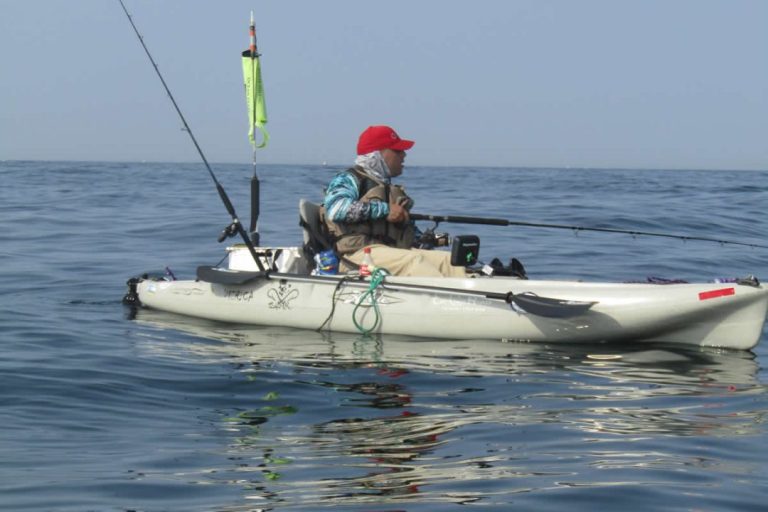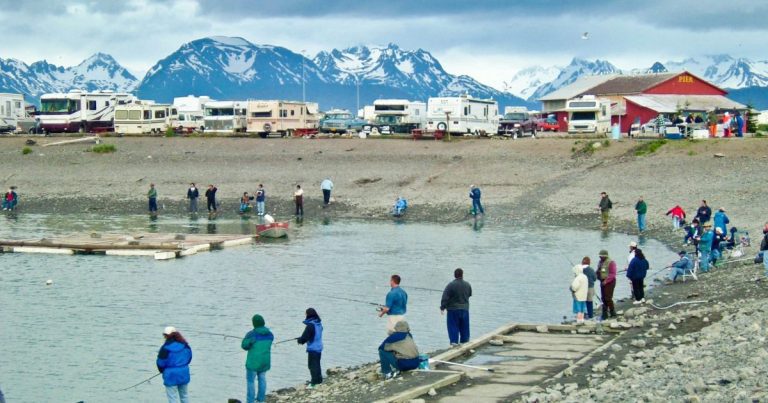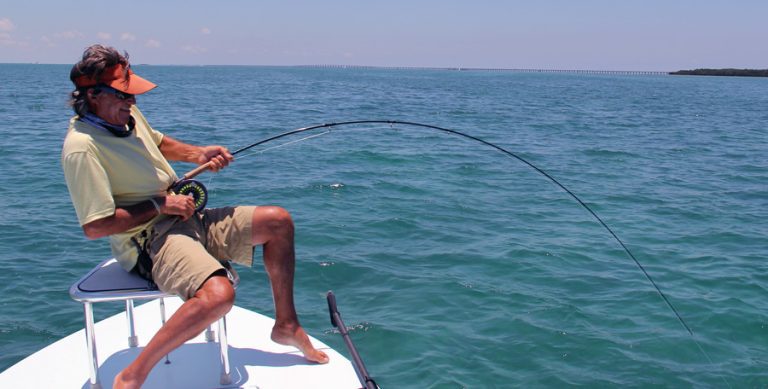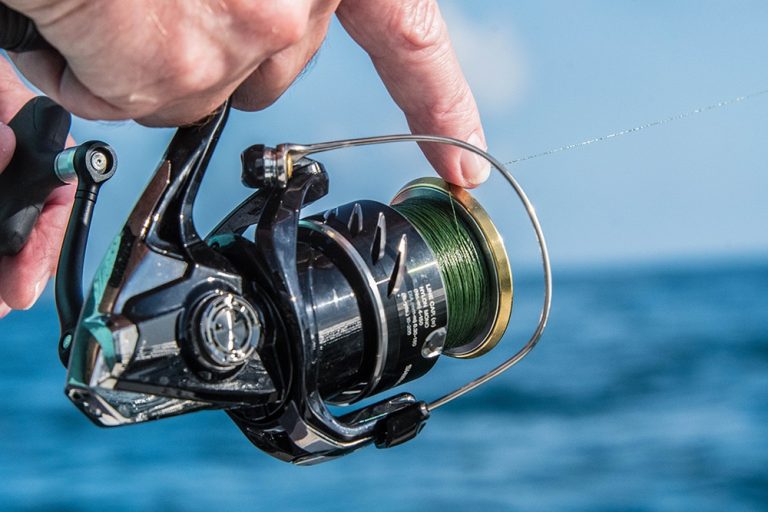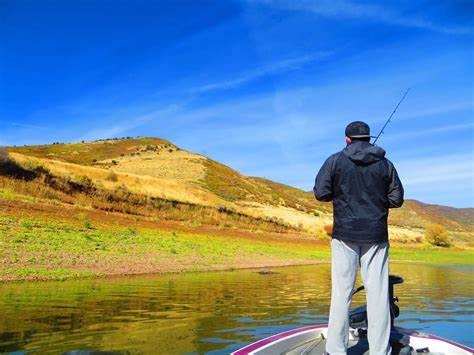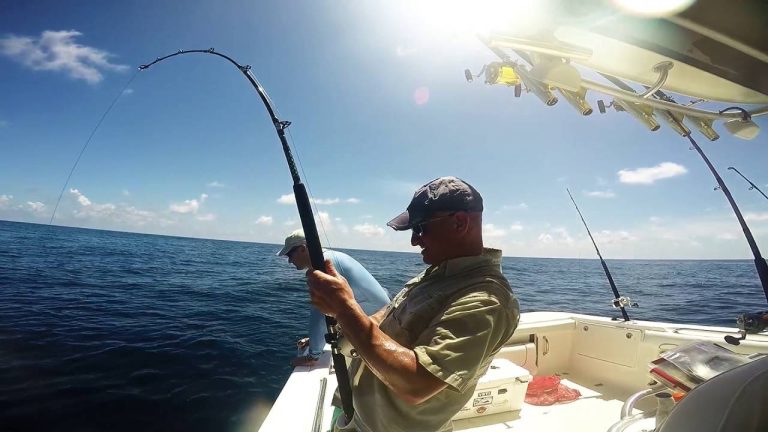Sturgeon fishing combines the thrill of potentially landing a prehistoric giant with significant conservation responsibilities. As one of North America’s oldest fish species—dating back over 150 million years—sturgeon face numerous challenges, including habitat loss, overfishing, and slow reproductive rates. Conservation-focused tags and permits have become essential tools for managing these vulnerable populations while still allowing recreational fishing opportunities.
This comprehensive guide explains everything you need to know about sturgeon fishing regulations, from obtaining the proper tags to understanding the science behind conservation efforts.
Understanding Sturgeon Fishing Tags and Permits
Sturgeon fishing regulations vary significantly by location, but most jurisdictions require some combination of:
- A valid fishing license
- A special sturgeon tag or harvest permit
- Mandatory catch reporting
Tags serve multiple crucial purposes in sturgeon management:
- Limiting harvest to sustainable levels
- Collecting essential data on population size and health
- Funding conservation and research efforts
- Enforcing size and seasonal restrictions
Types of Sturgeon Permits and Tags
Different regions implement various tagging systems depending on local conservation needs:
Harvest Tags: Physical tags that must be attached to kept sturgeon, typically with validation requirements for date and time of catch.
Catch Report Cards: Required in states like California regardless of whether you keep or release the fish. These provide critical data for population monitoring.
Special Fish Management Tags: Minnesota’s system requires anglers to purchase tags before they can legally possess lake sturgeon, though fishing without possession doesn’t require a tag.
Propagation Permits: Commercial operations breeding sturgeon require special permits in states like Oregon, with strict limitations on the number issued annually.
How to Obtain Sturgeon Tags and Permits
In most jurisdictions, obtaining sturgeon fishing tags requires:
- Possessing a valid fishing license
- Paying an additional fee for sturgeon-specific tags
- Understanding region-specific requirements
For example, Minnesota requires that “a person applying for a tag must either possess a valid fishing license or be specifically exempt by law from the fishing license requirement”.
Most states offer tags through:
- Online fishing license portals
- Physical license vendors (sporting goods stores, bait shops)
- State fish and wildlife agency offices
For detailed information about fishing license requirements in your state, visit US Fishing Licenses.
Specific State Requirements
| State | Sturgeon Tag Requirements | Reporting Requirements | Special Restrictions |
|---|---|---|---|
| California | Mandatory report card for all sturgeon fishing (currently catch and release only) | Must report all catches within 24 hours | Seasonal closures in spawning areas |
| Michigan | Sturgeon permit and tag no longer required, but harvest must be registered | Must register harvest within 24 hours | Lake sturgeon protected from ESA listing |
| Minnesota | Special fish management tag required for possession | Registration required within 48 hours | Tag must be attached to caudal peduncle |
| Wisconsin | Hook and line sturgeon tag required for harvest | In-person registration required | Catch-and-release doesn’t require a tag |
| Oregon | Angling tag required even for catch-and-release | Varies by water body | Columbia River Basin has specific regulations |
Proper Tagging and Registration Procedures
Correctly tagging and reporting your sturgeon catch is not just legally required—it provides essential data for conservation efforts.
Step-by-Step Tagging Process
- Validate your tag immediately after catching a sturgeon you intend to keep. In Minnesota, this means marking “the month the fish was taken, the day of the month that the fish was taken, and the time of day the fish was taken”.
- Properly attach the tag to the fish according to state regulations. For lake sturgeon in Minnesota, “tag holders must attach the validated tag to the caudal peduncle (narrow portion of the body just in front of the tail fin) using string, twine, wire, or similar device”.
- Register your catch within the required timeframe, typically 24-48 hours. This often involves submitting a registration card with details about:
- Date and location of catch
- Fish length and other measurements
- Tag holder information
- Signature
Note: In catch-and-release scenarios, proper handling is critical. In Oregon, “when catch-and-release fishing, sturgeon must be returned to the water immediately unharmed”.
Conservation Status of Sturgeon Species
Understanding the conservation status of different sturgeon species helps explain why regulations are necessary and often strict.
Current Status of Key Species
- Lake Sturgeon: Recently determined not to require listing under the Endangered Species Act due to successful conservation efforts. Population is considered stable but requires ongoing management.
- White Sturgeon: In California, recently limited to catch-and-release only after being designated a candidate for state endangered species listing. A 2022 harmful algal bloom in San Francisco Bay killed at least 864 documented sturgeon.
- Green Sturgeon: Southern Distinct Population Segment is listed as Threatened under the Endangered Species Act. Fishing for Green Sturgeon is illegal in California.
Regional Regulation Differences
Sturgeon regulations vary significantly by region, reflecting local population health and conservation priorities.
California’s Emergency Regulations
In response to population concerns, California implemented emergency regulations in 2023 that:
- Reduced the legal slot limit from 40-60 inches to 42-48 inches fork length
- Reduced the annual bag limit from three to one fish
- Added a vessel limit of two fish per day
- Created seasonal and geographic closures to protect spawning habitat
Great Lakes Recovery Efforts
In the Great Lakes region, restoration indicators include:
- Increasing abundance of Lake Sturgeon populations
- Progress in establishing at least four spawning populations, each with at least 750 sexually mature Lake Sturgeon
Currently, “Only one population, the lower Niagara River, is estimated to have more than 750 sexually mature individuals”, highlighting ongoing conservation challenges.
Best Practices for Sturgeon Handling and Release
Proper fish handling is essential for sturgeon conservation, especially for catch-and-release fishing.
Critical Guidelines
- Keep large sturgeon in the water at all times. In Oregon, “it is illegal to totally or in part remove any sturgeon larger than 54 inches in fork length from the water”.
- Release quickly to minimize stress. When fighting large sturgeon from a boat, “release from the anchor and follow the fish” to speed up the landing process.
- Minimize photography time. If taking photos, do so quickly and don’t photograph every fish you catch.
- Use proper gear. Most jurisdictions require single, barbless hooks and prohibit snagging or foul-hooking fish.
Enforcement and Penalties
Sturgeon poaching carries significant penalties due to the species’ vulnerability and slow reproductive rate.
In a 2000 case on the Snake River, five men faced substantial consequences for poaching undersized sturgeon:
- Fines up to $2,000
- Jail sentences ranging from 1 to 90 days
- One poacher received 30 days in jail and $1,500 in fines
Compliance with regulations is essential not only to avoid penalties but to support conservation efforts for these prehistoric fish that are “highly susceptible to over-fishing because they reproduce later in their life-cycle than other fish”.
The Future of Sturgeon Conservation
Recent developments in sturgeon conservation show both challenges and successes:
- Collaborative conservation efforts between federal agencies, states, Tribes, and local organizations have helped keep Lake Sturgeon off the endangered species list.
- Stocking programs have successfully bolstered populations and reintroduced sturgeon to areas where they had disappeared.
- Habitat restoration including dam removal, fish passages, and spawning habitat improvements continue to be priorities.
- Technological advances such as PIT tagging and reward tags provide valuable data for population monitoring.
- Threats from climate change including harmful algal blooms present new challenges, as seen in California’s San Francisco Bay in 2022 and 2023.
Conclusion
Navigating sturgeon fishing regulations requires understanding both the “how” and “why” behind conservation permits and tags. These regulations represent a delicate balance between providing recreational fishing opportunities and ensuring these prehistoric fish continue to thrive for generations to come.
Before planning your next sturgeon fishing trip, check the latest regulations for your specific location, as they change frequently in response to population assessments and conservation needs. By properly obtaining and using sturgeon tags, following size and seasonal restrictions, and practicing careful catch-and-release techniques, anglers play a crucial role in sturgeon conservation.
For more information about fishing licenses and regulations in your state, visit US Fishing Licenses. You can also find state-specific information through your state’s fish and wildlife agency website, such as the Wisconsin DNR, California Department of Fish and Wildlife, or Michigan DNR.
